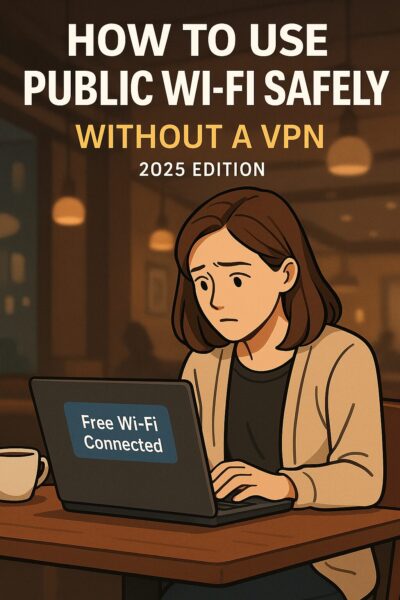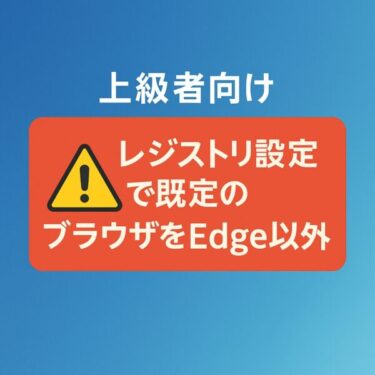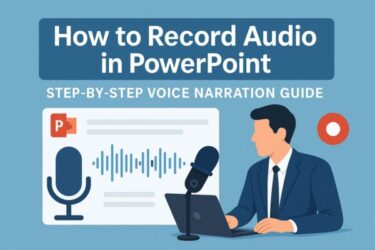
We’ve all hopped on free Wi-Fi at cafés, airports, or hotels and wondered: “Is this actually safe?”
VPNs are still the gold standard, but you won’t always have one handy. This 2025 guide shows how to reduce risk and stay productive on public Wi-Fi—even without a VPN.
- 1 2025 Edition: 10 Ways to Use Public Wi-Fi Safely (No VPN Required)
- 1.1 1) Enforce HTTPS-Only
- 1.2 2) Turn On Secure DNS (DNS over HTTPS/QUIC)
- 1.3 3) Use the “Public” Network Profile & Keep Your Firewall On
- 1.4 4) Disable File/Printer Sharing & Network Discovery
- 1.5 5) Stop Auto-Join & Forget Networks After Use
- 1.6 6) Randomize Your MAC Address
- 1.7 7) Prefer Official Mobile Apps (on Cellular) for Sensitive Tasks
- 1.8 8) Use Phishing-Resistant Sign-in (Passkeys, Security Keys, or App-Based 2FA)
- 1.9 9) Keep OS/Browser/Apps Updated & Minimize Extensions
- 1.10 10) Use a Personal Hotspot or a Travel Router When Possible
- 2 Why VPN Still Matters—And What Changes Without It
- 3 Final Thoughts
2025 Edition: 10 Ways to Use Public Wi-Fi Safely (No VPN Required)
Public Wi-Fi is convenient and risky. If you can’t use a VPN, follow these practical, device-friendly steps.
1) Enforce HTTPS-Only
Only browse sites that show https:// and the lock icon. In modern browsers, enable HTTPS-Only/Always use secure connections so non-encrypted pages are auto-upgraded or blocked.
- Edge/Chrome: Settings → Privacy/Security → “Always use secure connections”
- Firefox: Settings → Privacy & Security → “HTTPS-Only Mode” → On
2) Turn On Secure DNS (DNS over HTTPS/QUIC)
Encrypting DNS hides which sites you look up and helps block malicious hosts.
- Browser: Enable “Use secure DNS” (choose a resolver like Cloudflare/Quad9).
- Windows 11: Settings → Network & Internet → Advanced network settings → DNS → Set to Encrypted (DoH).
- iOS/Android: Use a private DNS profile/setting if available.
3) Use the “Public” Network Profile & Keep Your Firewall On
Mark the Wi-Fi as Public so your device isn’t discoverable and sharing stays off. Keep the OS firewall enabled; on Windows, “Public” profile can block all incoming by default.
- Windows: Settings → Network & Internet → Wi-Fi → the network → Public. Windows Security → Firewall & network protection → On.
- macOS: System Settings → Network → Wi-Fi → Details → Limit IP tracking; turn off sharing in System Settings → General → Sharing.
4) Disable File/Printer Sharing & Network Discovery
Never expose local folders on a public network.
- Windows: Control Panel → Network and Sharing Center → Advanced sharing settings → Turn off network discovery/file and printer sharing (Public).
- macOS: System Settings → General → Sharing → Turn services off.
5) Stop Auto-Join & Forget Networks After Use
Auto-connect makes you vulnerable to “Evil Twin” hotspots with the same name. Manually pick networks, and forget them when you’re done.
- Disable auto-join/auto-connect for public SSIDs.
- Remove old café/hotel SSIDs from your saved list.
6) Randomize Your MAC Address
MAC randomization makes it harder to track you across venues.
- Windows 11: Settings → Network & Internet → Wi-Fi → Manage known networks → the SSID → Use random hardware addresses.
- iOS/Android: Wi-Fi settings → Private/Random MAC → On.
7) Prefer Official Mobile Apps (on Cellular) for Sensitive Tasks
For banking or payments, avoid public Wi-Fi entirely. Switch to your phone’s cellular data and use your bank’s official app (many apps use certificate pinning and stronger in-app checks than the web).
8) Use Phishing-Resistant Sign-in (Passkeys, Security Keys, or App-Based 2FA)
Passwords get phished; passkeys (FIDO) and security keys resist it. If a site doesn’t support passkeys, use an authenticator app (TOTP) rather than SMS, and enable sign-in alerts.
9) Keep OS/Browser/Apps Updated & Minimize Extensions
Updates patch live threats. Restart regularly to apply them. Fewer extensions = smaller attack surface (especially anything that reads web content).
10) Use a Personal Hotspot or a Travel Router When Possible
A phone hotspot avoids shared networks. A simple travel router (NAT) can also isolate your laptop from others, even if you can’t run a VPN.
Why VPN Still Matters—And What Changes Without It
Without a VPN, hostile networks can see destination metadata, attempt DNS tampering, and try local attacks (ARP spoofing, captive portal tricks). Your defenses are: HTTPS-Only, Secure DNS, firewall + public profile, and phishing-resistant login. These don’t replace a VPN, but they dramatically reduce risk.
Extra Precautions (If You’re Still Concerned)
- Use cellular tethering for anything sensitive.
- Log out and close all tabs when finished; clear site data for sensitive sessions.
- Avoid installing unknown Wi-Fi “security certificates” or configuration profiles from captive portals.
- Set accounts to send login and transaction alerts.
Travel Prep Checklist
- Install a reputable VPN app before you go (even if you don’t plan to use it).
- Pack a compact travel router (optional) to NAT-isolate your devices.
- Move sensitive docs to an encrypted container; keep only what you need on the road.
- Enable device-finding/remote-wipe features on laptops and phones.
[PR] Extra protection when you rely on café/hotel/airport Wi-Fi
A reputable VPN adds encryption on untrusted networks
- Auto-connect on untrusted Wi-Fi + Kill switch
- Modern protocols (WireGuard) & independent audits
- Split tunneling + custom (encrypted) DNS
This page contains affiliate links. We may earn a commission at no extra cost to you. Use alongside HTTPS-Only, Secure DNS, and 2FA for best results.
Public Wi-Fi Safety—Quick Rating Table (2025)
| Measure | Effectiveness | Notes |
|---|---|---|
| HTTPS-Only | ★★★★☆ | Upgrades/blocks insecure sites |
| Secure DNS (DoH/DoQ) | ★★★★☆ | Encrypts lookups; helps anti-malware |
| Public network profile + Firewall | ★★★★☆ | Stops local/L2 probing |
| Disable sharing & discovery | ★★★★☆ | Protects local files |
| Stop auto-join & forget SSIDs | ★★★★☆ | Avoids Evil Twins |
| MAC randomization | ★★★☆☆ | Reduces tracking |
| Passkeys / App-based 2FA | ★★★★★ | Phishing-resistant sign-in |
| Use cellular for banking | ★★★★★ | Bypasses public Wi-Fi |
Tip: Layer these controls. Each adds protection; together they meaningfully cut risk—even without a VPN.
Final Thoughts
Public Wi-Fi is convenient but imperfect. The good news: with HTTPS-Only, Secure DNS, a Public profile + firewall, no auto-join, and passkeys/2FA, you can browse far more safely without a VPN.
If you rely on public Wi-Fi often, a reputable VPN is still worth it. But for everyday moments—an email in a café, researching at an airport—these 2025 measures will keep you much safer.
Stay aware, layer protections, and enjoy your trip or coffee break with confidence.
[PR] Deep-dive into security & privacy while you sip that café latte
Kindle Unlimited — Security & Privacy reads
Availability of free trials and catalog varies by region. As an Amazon Associate I earn from qualifying purchases.
✔️You might also find these helpful:
▶︎Is Public Wi-Fi Safe in 2025? Why You Need a VPN and How to Choose One (Beginner Guide)


